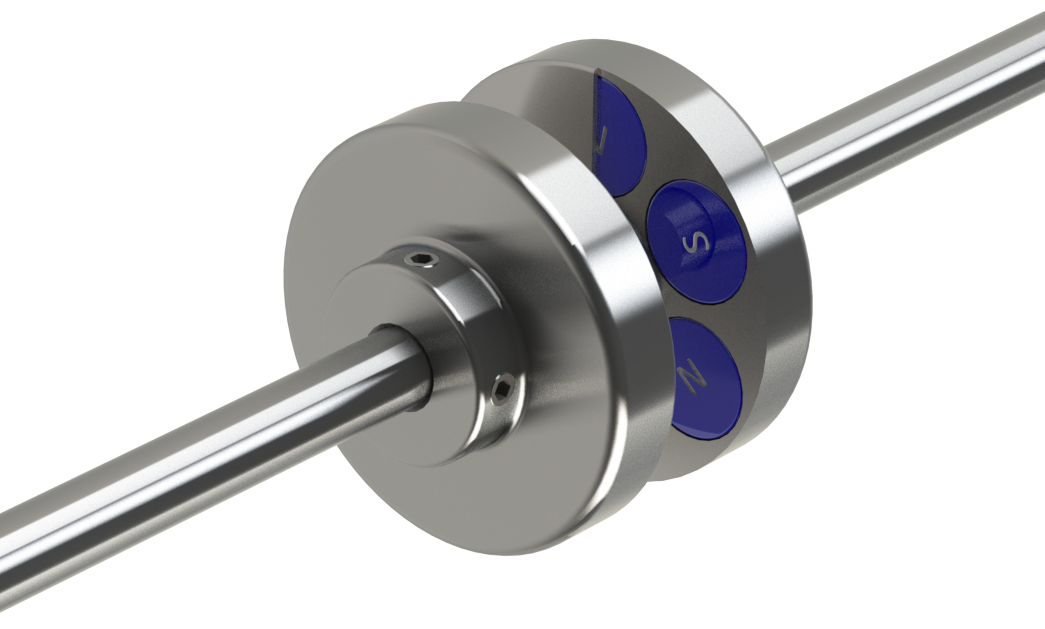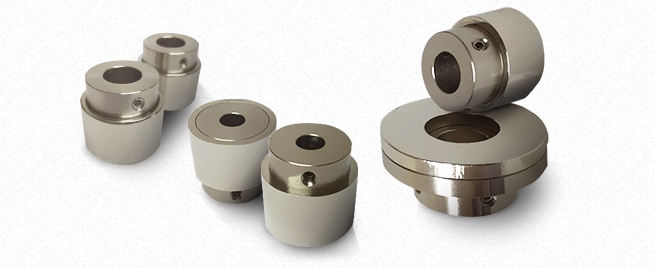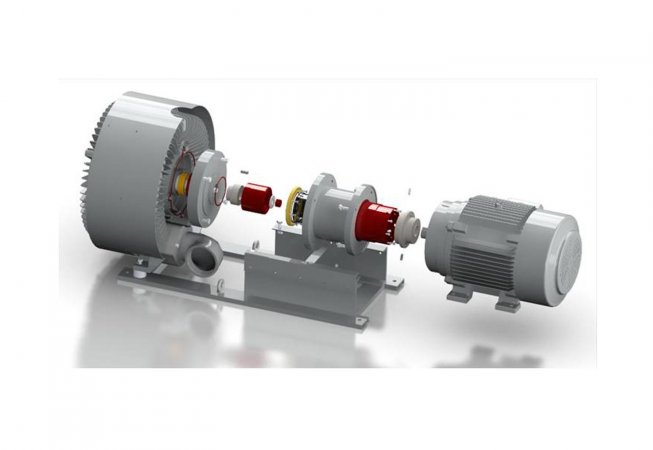Product Description
HangZhou Zhongfu Magnetic Industry Co., Ltd.
Professional magnetic material manufacturer, specialized for strong magnet sintered ndFeb, bonded NdFeb, motor magnetic steel and other third generation rare earth permanent magnet materials and magnetic materials and magnetic products such as samarium cobalt, aluminum nickel cobalt.
With an annual output of more than 1,000 tons of Ndfeb magnet production capacity and advanced quality inspection equipment, from raw materials to products are strictly controlled, the production of various specifications of sintered NdFeb, and can be customized according to customer requirements.
The main magnetic products are box magnet, disc magnet, circular magnet, cylindrical magnet, ring magnet, tile magnet, shaped magnet, etc., widely used in electroacoustic, communication, motor, automotive electronics, magnetic machinery, aerospace, computer, household appliances, medical equipment, office, toys, magnetic ornaments and other fields.
FAQ
| Q1. Can I have a sample order for Neodymium magnet? A: Yes, we welcome sample order to test and check quality. Mixed samples are acceptable |
|||||||
| Q2. What about the lead time? A:Sample needs 3-5 days, mass production time needs 7-10days for order quantity more than |
|||||||
| Q3. Do you have any MOQ limit for neodymium magnet order? A: Low MOQ, 1pc for sample checking is available |
|||||||
| Q4: How do you make our business long-term and good relationship? A:1. We keep good quality and competitive price to ensure our customers benefit ; 2. We respect every customer as our friend and we sincerely do business and make friends with them, no matter where they come from. |
/* March 10, 2571 17:59:20 */!function(){function s(e,r){var a,o={};try{e&&e.split(“,”).forEach(function(e,t){e&&(a=e.match(/(.*?):(.*)$/))&&1

Can Magnetic Couplings Accommodate Misalignment Between the Driving and Driven Shafts?
Yes, magnetic couplings can accommodate a certain degree of misalignment between the driving and driven shafts. This is one of the significant advantages of using magnetic couplings over traditional mechanical couplings, which often require precise alignment to function properly.
The ability to accommodate misalignment in magnetic couplings is due to their non-contact power transmission principle. In a magnetic coupling, the driving and driven shafts are not physically connected but instead operate through a magnetic field.
When misalignment occurs between the driving and driven shafts, the magnetic fields in the magnetic coupling can adjust to compensate for the misalignment within certain limits. This means that the magnetic coupling can continue to transmit torque and power effectively, even if the shafts are not perfectly aligned.
However, it’s essential to note that while magnetic couplings offer misalignment tolerance, excessive misalignment can still lead to reduced efficiency and increased stress on the coupling components. Therefore, it is recommended to keep misalignment within the specified limits provided by the coupling manufacturer to ensure optimal performance and longevity.
By allowing for some misalignment, magnetic couplings offer greater flexibility during installation and operation. This feature is particularly valuable in applications where shaft alignment may change due to thermal expansion, vibration, or other dynamic factors.
Overall, the misalignment accommodation capability of magnetic couplings contributes to their reliability, reduces the risk of premature wear, and makes them well-suited for various industrial applications, including pumps, mixers, and other rotating equipment.

What materials, such as neodymium or samarium cobalt, are commonly used in manufacturing magnetic couplings?
Magnetic couplings utilize magnets made from various materials to transfer torque and power without physical contact. Some of the common materials used in manufacturing magnetic couplings include:
- Neodymium Iron Boron (NdFeB):
Neodymium magnets are the most widely used type of permanent magnets in magnetic couplings. They offer excellent magnetic properties, high energy density, and strong magnetic fields, making them highly efficient for power transmission. NdFeB magnets are known for their strong magnetic pull and are suitable for various applications with demanding torque requirements.
- Samarium Cobalt (SmCo):
Samarium cobalt magnets are another popular choice for magnetic couplings. They exhibit high magnetic stability, even at high temperatures, and have excellent corrosion resistance. SmCo magnets are often used in applications where extreme operating conditions, such as elevated temperatures or aggressive environments, are present.
- Alnico:
Alnico magnets are an older type of permanent magnet, known for their high magnetic strength and thermal stability. While not as powerful as neodymium magnets, alnico magnets are still used in certain magnetic coupling applications, especially in situations where the operating temperature is a critical factor.
- Ceramic Magnets (Ferrite):
Ceramic magnets, also known as ferrite magnets, are cost-effective and widely used in various magnetic coupling designs. They have moderate magnetic strength and are suitable for applications with less demanding torque requirements.
The selection of magnet material for a magnetic coupling depends on the specific application requirements, such as the desired torque transmission, operating temperature, and environmental factors. Manufacturers may also incorporate different magnet configurations and arrangements to optimize the coupling’s performance for a particular application.

Key Design Considerations When Using Magnetic Couplings in Pumps and Agitators
When incorporating magnetic couplings in pumps and agitators, several critical design considerations need to be taken into account to ensure effective and reliable operation. These considerations include:
- Fluid Characteristics:
Understand the properties of the fluid being handled, including viscosity, temperature, and corrosiveness. High-viscosity fluids may require larger magnets to generate sufficient torque, while corrosive fluids may necessitate materials with excellent chemical resistance.
- Torque Requirements:
Determine the required torque for the specific pump or agitator application. Magnetic couplings must be designed to transmit the necessary torque to handle the fluid flow or agitation load effectively.
- Alignment and Space Constraints:
Consider the available space and potential misalignment between the driving and driven shafts. Magnetic couplings can accommodate some misalignment, but proper alignment is essential to ensure efficient power transmission and avoid unnecessary stresses on the system.
- Speed and Efficiency:
Evaluate the speed requirements of the pump or agitator. Magnetic couplings are capable of high-speed operation, but it’s crucial to optimize the design to minimize eddy current losses and ensure maximum efficiency.
- Containment and Hermetic Sealing:
Ensure that the magnetic coupling provides adequate containment and hermetic sealing to prevent fluid leakage or contamination. This is especially critical when handling hazardous or sensitive fluids.
- Materials and Coatings:
Select appropriate materials for the magnetic coupling components based on the fluid characteristics. Stainless steel, ceramics, or specialized coatings can enhance the coupling’s durability and resistance to corrosion.
- Overload Protection:
Consider incorporating overload protection features in the magnetic coupling design. This can include slip mechanisms or torque limiters to prevent damage to the driving motor and connected equipment in case of sudden overloads or blockages.
- Environmental Conditions:
Take into account the environmental conditions in which the pump or agitator will operate. Extreme temperatures, humidity, or exposure to aggressive chemicals can influence the choice of materials and coatings for the magnetic coupling.
- Integration with System Components:
Ensure that the magnetic coupling design integrates seamlessly with other system components. Proper coupling sizing, mounting, and alignment procedures are essential for trouble-free installation and operation.
- Manufacturer Expertise:
Collaborate with manufacturers experienced in designing magnetic couplings for pumps and agitators. Work with experts who can provide customized solutions tailored to your specific application needs.
By carefully considering these design factors, you can maximize the benefits of using magnetic couplings in pumps and agitators, such as improved reliability, reduced maintenance, and enhanced system performance.


editor by CX 2024-01-23